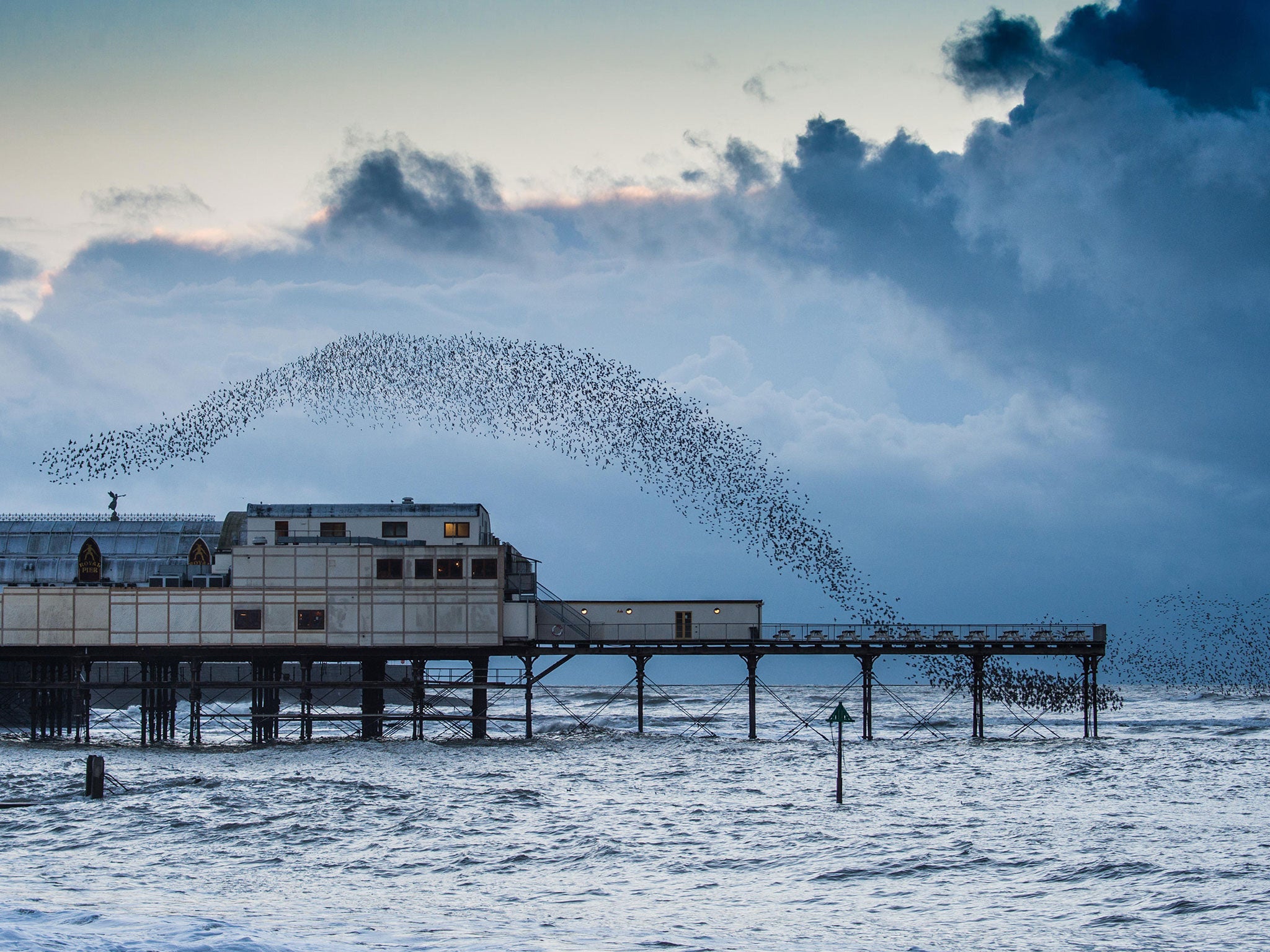Hundreds of millions of birds have disappeared in 30 years
Growth of agriculture and urbanisation has cut suitable habitat

Europe has 421 million fewer birds today than it did three decades ago, as the growth of agriculture and urbanisation has sharply reduced suitable habitat, a new study has found.
Around 90 per cent of the losses have affected the most common and widespread species, including sparrows, skylarks, grey partridges and starlings.
Dr Richard Inger, one of the researchers from the University of Exeter, said: “It is very worrying that the most common species of bird are declining rapidly because it is this group of birds that people benefit from the most. It is becoming increasingly clear that interaction with the natural world and wildlife is central to human wellbeing, and significant loss of common birds could be quite detrimental to human society.”
However, not all common birds are declining. Populations of great tits, blue tits, robins and blackbirds, are all going up, the study found.
Rare species such as marsh harriers, ravens, buzzards, storks and stone curlews have also seen their populations increase in the past 30 years, due to conservation efforts.
The research, which also involved the Royal Society for the Protection of Birds (RSPB) and the Pan-European Common Bird Monitoring Scheme, is published in the journal Ecology Letters.
Subscribe to Independent Premium to bookmark this article
Want to bookmark your favourite articles and stories to read or reference later? Start your Independent Premium subscription today.

Join our commenting forum
Join thought-provoking conversations, follow other Independent readers and see their replies